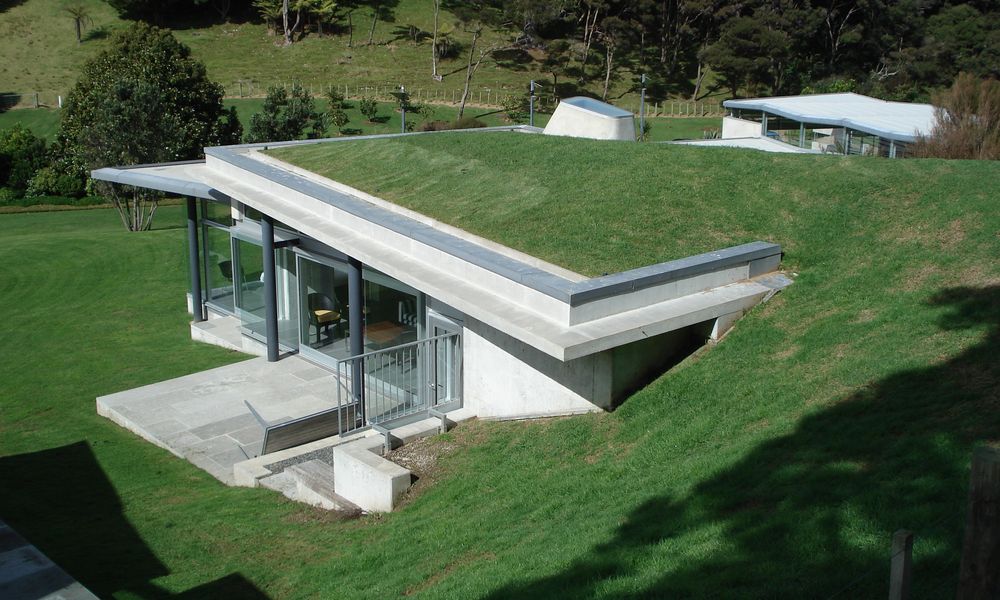Green and living roof systems have gained immense popularity in recent years as more and more people recognize the environmental and aesthetic benefits they offer. These innovative roofing solutions not only enhance the overall beauty of buildings but also contribute to sustainability and energy efficiency. Let’s explore some of the current trends in green and living roof systems.
1. Biodiversity
One of the emerging trends in green roof systems is the focus on biodiversity. Rather than simply planting a single type of vegetation, designers are now incorporating a diverse range of plants and flowers to attract various species of birds, insects, and butterflies. This creates a thriving ecosystem on the rooftop, promoting biodiversity and enhancing the local environment.
2. Vegetable and Herb Gardens
Another exciting trend is the integration of vegetable and herb gardens into green roof systems. With the increasing interest in urban farming and sustainable food production, many building owners are now utilizing their rooftop spaces to grow fresh produce. These gardens not only provide a source of organic food but also act as a natural insulation layer, reducing the energy consumption of the building.
3. Modular Systems
To cater to the diverse needs of different buildings, modular green roof systems have become a popular choice. These systems consist of pre-grown vegetation modules that are easily installed and can be customized to fit any rooftop shape or size. Modular systems offer flexibility, ease of maintenance, and efficient installation, making them a preferred option for both residential and commercial buildings.
4. Stormwater Management
Green and living roofs play a vital role in stormwater management, and this aspect has become a significant trend in recent years. These roofs absorb rainwater, reducing the burden on drainage systems and preventing water runoff. By capturing and slowly releasing rainwater, green roof systems help prevent flooding and minimize water pollution, contributing to a more sustainable urban environment.
5. High-Tech Monitoring
Advancements in technology have enabled the development of high-tech monitoring systems for green and living roof systems. These systems use sensors and data analytics to monitor factors such as soil moisture, temperature, and plant health. Real-time data helps building owners and maintenance teams optimize irrigation, identify potential issues, and ensure the longevity and effectiveness of the green roof system.
6. Integration with Solar Panels
Combining green roof systems with solar panels is an emerging trend that maximizes the benefits of both technologies. The plants on the rooftop provide shade and cooling, reducing the energy required for air conditioning. Simultaneously, the solar panels generate clean electricity, further enhancing the building’s sustainability. This integrated approach promotes energy efficiency and creates a harmonious balance between nature and technology.
7. Lightweight and Portable Solutions
As the demand for green roof systems grows, lightweight and portable solutions have become increasingly popular. These systems are designed to be easily transported and installed on a variety of structures, including sheds, garages, and even vehicles. Lightweight green roofs offer a more accessible and versatile option for individuals and communities looking to incorporate greenery into their surroundings.
The trends in green and living roof systems are constantly evolving, driven by the desire to create sustainable and visually appealing urban environments. The integration of biodiversity, vegetable gardens, modular systems, stormwater management, high-tech monitoring, integration with solar panels, and lightweight solutions are shaping the future of green roofs. As technology advances and awareness of environmental issues increases, we can expect even more innovative trends to emerge, further revolutionizing the concept of rooftops as living, breathing spaces.



